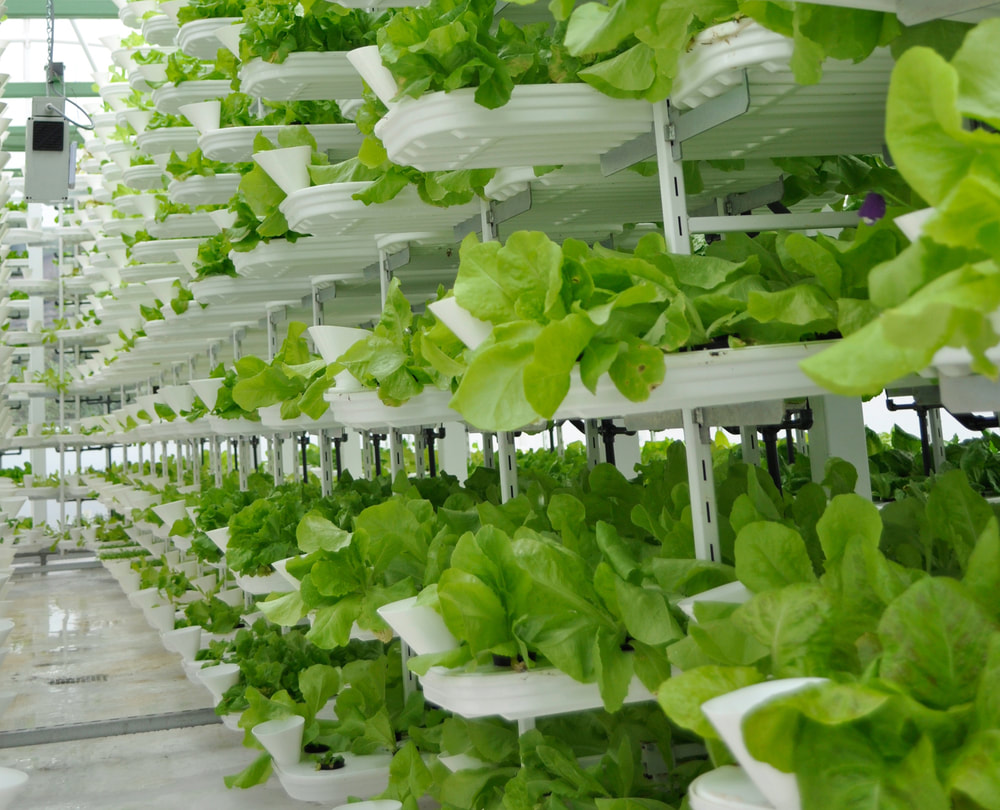| 'Dirt first' farmers have been fighting with supporters of soil-less agriculture over the ‘organics’ label. Climate and sustainability are central to the debate. (Georgina Gusten insideclimatenews.org Nov 2017) https://t.co/OROPuNYjdH Why is climate central to the the "organic" label debate? Apples & oranges! Promoting dirt farming to sequester carbon is like promoting freeways to prevent erosion. Absurd. Farming (tilling) land is not necessary to sequester carbon. Plants, on their own, can only sequester so much carbon. And then they rot (or burn) and return carbon to the atmosphere. By contrast, healthy soil (microbes and wee beasties metabolizing organic material beneath the surface) can sequester a huge volume of carbon underground compared to the volume of live plants on the surface. But an even better solution -- better than a healthy soil biome -- is biochar. Adding biochar to soil not only sequesters carbon but can dramatically enhance the soil microbiome at the same time. Forget about "dirt farming." Let's talk about improving soil around the world -- wetlands, forests, pastures, and parks -- to support more vegetation, more wildlife habitat, and tall old-growth forest. |
|
2 Comments
12/29/2017 07:38:55 am
Afterthought: the debate over the "organic" label does well to consider the sustainability of a product (industry) over the entire production cycle -- not just the nutritional benefits to the consumer, but all the *downsides* as well. If we are to consider the sum climate impacts of hydroponics (indoor ag) versus dirt farming, then we should also consider the environmental benefits of improving the per-acre yield of "dirt first" industrial farms with high-intensity indoor farming. Imagine, for example, if industrial farms near cities were to build greenhouses on 10% of their property, install solar panels and wind turbines on another 10%, reserve 30% for operations (tillage, manufacturing, water management), and actively convert the remaining 50% into parkland or just let it go feral. Large industrial farms (mega farms far from cities) would *relocate* their operations (establish new operations) in the most cost-effective locations: cheap land (previously "non-arable" land) near population centers.
Reply
Leave a Reply. |
Robert MarstonI'm a gardening enthusiast and a would-be farmer living in the suburbs north of Los Angeles, California, Ventura County, with my wife and son. I would like to meet vertical farming enthusiasts and bloggers around the world, particularly in Southern California. ArchivesCategories |

 RSS Feed
RSS Feed
